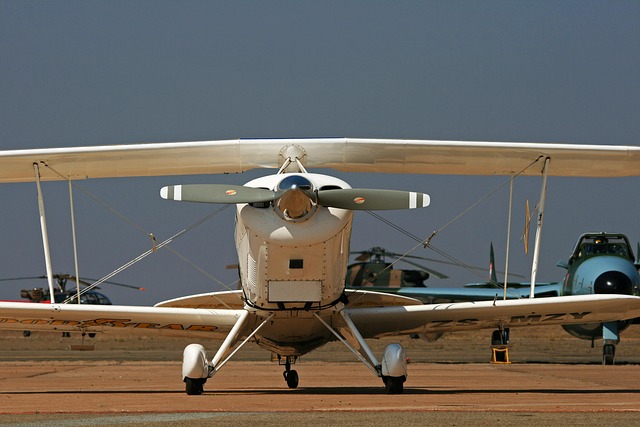MLB franchises strategically choose spring training locations based on robust local real estate markets, aiming to build modern complexes affordably. Key considerations include ample open spaces for facilities, a warm climate for year-round practice, accessible airports and transportation, advanced sports facilities, medical centers, rehabilitation services, and vibrant nearby communities for off-field entertainment.
Spring training is a vital period for Major League Baseball (MLB) teams, shaping their strategies and preparations for the upcoming season. The choice of spring training locations plays a pivotal role in this process, heavily influenced by real estate factors. This article explores how the interplay of location, infrastructure, and real estate shapes MLB’s spring training destinations. We delve into the economic and community benefits, logistical challenges, and environmental trends that contribute to creating ideal training grounds, all while emphasizing the critical aspect of real estate in these baseball hotbeds.
The Role of Real Estate in Spring Training Locations

Spring training, an integral part of Major League Baseball’s (MLB) pre-season, has seen teams increasingly seeking out ideal locations that offer a perfect blend of climate and real estate opportunities. The choice of where to host spring training camps is not merely about finding a sunny spot; it’s a strategic decision heavily influenced by the local real estate market. Teams are drawn to areas with affordable and readily available land for practice facilities, player housing, and team support operations.
The availability of quality real estate plays a significant role in attracting MLB franchises. Cities or regions with robust property markets, offering both residential and commercial options, often become prime destinations. These locations provide teams with the flexibility to build state-of-the-art training complexes, ensuring players have access to top-notch facilities. Additionally, favorable real estate conditions can lead to cost savings for teams, allowing them to invest in other aspects of player development and team management during spring training.
– The importance of location and infrastructure for MLB teams

For Major League Baseball (MLB) teams, choosing the right location for spring training is a strategic decision that goes beyond mere preference. The significance of a region’s real estate and its supporting infrastructure cannot be overstated in this context. Ideal spring training sites offer proximity to top-notch facilities—including modern ballparks, practice fields, and rehabilitation centers—which are crucial for player preparation and recovery.
Additionally, the local climate plays a pivotal role, as MLB teams seek environments conducive to consistent practice without the strain of extreme temperatures. Access to quality accommodation for players and staff, as well as nearby entertainment and leisure options, also enhances the overall experience and contributes to team bonding. Thus, when selecting a spring training home, MLB franchises carefully weigh these factors to ensure optimal performance and player satisfaction.
– Factors that make a place ideal for spring training

The ideal location for a spring training base for Major League Baseball (MLB) teams is characterized by several key factors. Firstly, real estate plays a crucial role; areas with vast, open spaces and ample land availability offer the necessary facilities for training grounds, pitches, and additional practice fields. A warm climate is also essential, as it allows for year-round outdoor practices without extreme weather conditions interrupting preparations. Accessibility is another vital aspect; nearby airports and well-connected transportation networks facilitate easy travel for teams and their staff.
Moreover, a location’s infrastructure should support the needs of MLB teams. This includes modern sports facilities, medical centers, and rehabilitation facilities to cater to players’ health and wellness. The presence of established sports medicine professionals and top-notch training equipment can greatly enhance the overall spring training experience. Additionally, a vibrant local community can provide a supportive environment, while nearby attractions might offer off-field entertainment options for players during their downtime.






